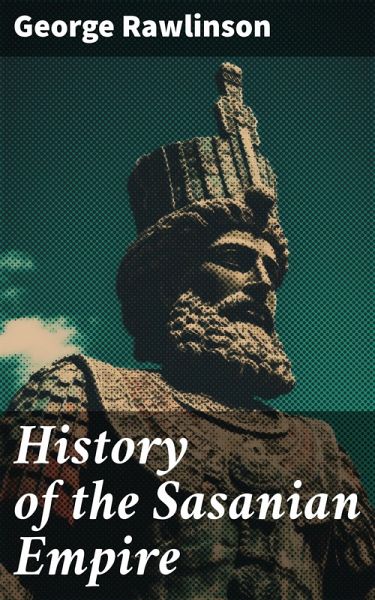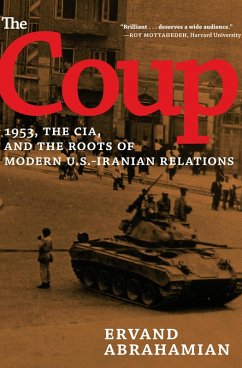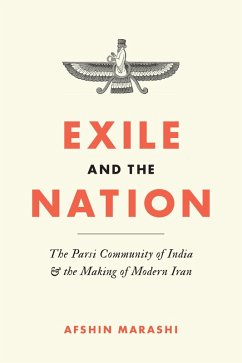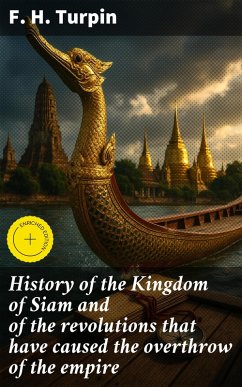
History of the Sasanian Empire (eBook, ePUB)
Enriched edition. The Annals of the New Persian Empire
Kommentar: Hicks, Jamie / Redaktion: Good Press
Versandkostenfrei!
Sofort per Download lieferbar
1,99 €
inkl. MwSt.
Weitere Ausgaben:

PAYBACK Punkte
0 °P sammeln!
In "History of the Sasanian Empire," George Rawlinson meticulously chronicles one of the most significant yet often overlooked periods in ancient history. His work is characterized by a rigorous examination of archaeological findings, ancient texts, and contemporary scholarship, presented in a lucid and engaging narrative style. Rawlinson places the Sasanian Empire within the broader context of Persian history, emphasizing its cultural, political, and economic dynamics from its rise in the 3rd century CE to its decline in the 7th century. The book also explores the empire's interactions with n...
In "History of the Sasanian Empire," George Rawlinson meticulously chronicles one of the most significant yet often overlooked periods in ancient history. His work is characterized by a rigorous examination of archaeological findings, ancient texts, and contemporary scholarship, presented in a lucid and engaging narrative style. Rawlinson places the Sasanian Empire within the broader context of Persian history, emphasizing its cultural, political, and economic dynamics from its rise in the 3rd century CE to its decline in the 7th century. The book also explores the empire's interactions with neighboring powers, including Rome and Byzantium, showcasing the Sasanian Empire's influence on the subsequent development of Islamic civilization. George Rawlinson, a renowned 19th-century historian and scholar, was deeply influenced by the burgeoning interest in oriental studies and the deciphering of ancient inscriptions. His expertise in Assyriology and familiarity with the complexities of Persian history informed his comprehensive narrative on the Sasanian Empire. Rawlinson's commitment to shedding light on this pivotal era reflects his broader aim of fostering a deeper understanding of ancient civilizations' impact on modern society. This book is a must-read for anyone interested in ancient history, particularly the intricate tapestry of Persian cultural and political life. Rawlinson's insightful and well-researched account serves not only as a vital historical resource but also as a compelling narrative for enthusiasts and scholars alike. In this enriched edition, we have carefully created added value for your reading experience: - A succinct Introduction situates the work's timeless appeal and themes. - The Synopsis outlines the central plot, highlighting key developments without spoiling critical twists. - A detailed Historical Context immerses you in the era's events and influences that shaped the writing. - A thorough Analysis dissects symbols, motifs, and character arcs to unearth underlying meanings. - Reflection questions prompt you to engage personally with the work's messages, connecting them to modern life. - Hand-picked Memorable Quotes shine a spotlight on moments of literary brilliance. - Interactive footnotes clarify unusual references, historical allusions, and archaic phrases for an effortless, more informed read.
Dieser Download kann aus rechtlichen Gründen nur mit Rechnungsadresse in A, B, BG, CY, CZ, D, DK, EW, E, FIN, F, GR, H, IRL, I, LT, L, LR, M, NL, PL, P, R, S, SLO, SK ausgeliefert werden.













